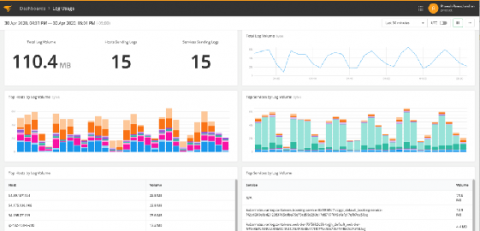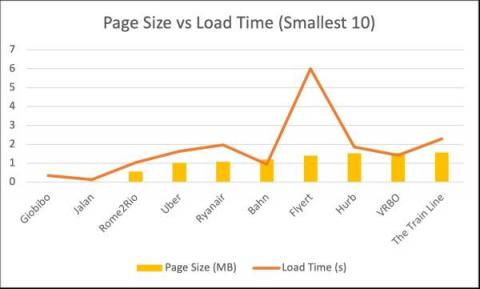Improving Data Quality Through DataOps
Consider this scenario. Pull up your bank’s website and find the screen showing how much money is in your bank account. It takes 30 seconds to return the balance. You’re a bit annoyed at not having your balance immediately, and upon reflection, you think it might be a bit low, and hit refresh in case you misread the number. It comes back 45 seconds later with a different number. You know you haven’t had any transactions in the last minute. Uh oh. Something’s not right.











